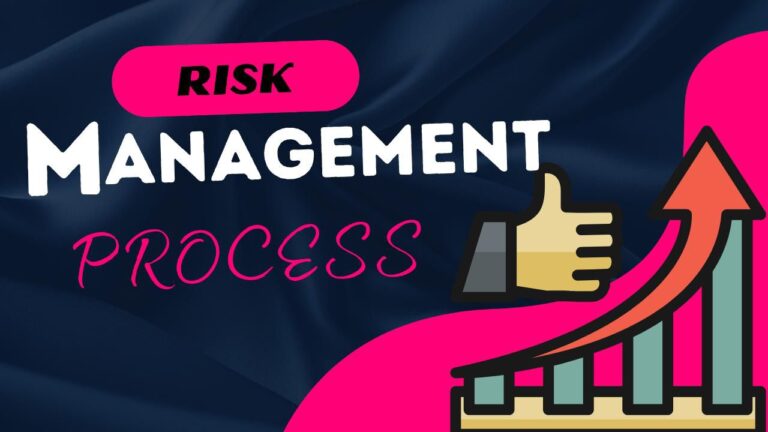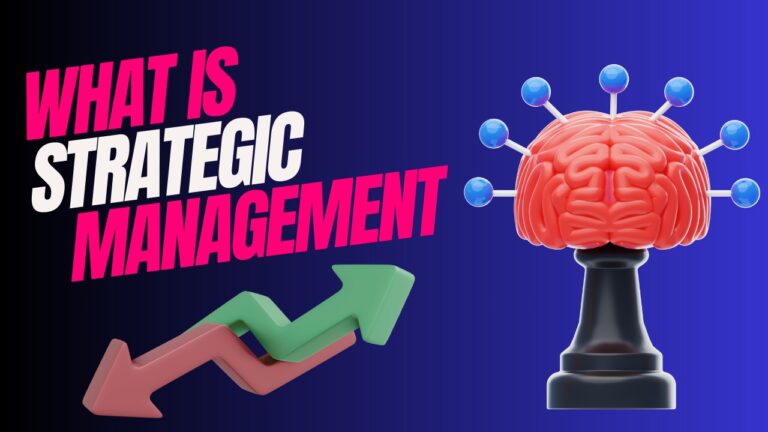TYPES AND IMPORTANCE OF RELATIONSHIP MANAGEMENT
In today’s competitive business landscape effective relationship management is the driving force behind any organizations success building and maintaining strong relationships with customers partners and colleagues is essential for the growth and sustainability of any business. Today in this post i will discuss relationship management relationship management is a strategy in which an organization builds and maintains good and positive relationships with its customers clients partners supplier and employees.
It is actually the process of managing communications and interactions with people groups and organizations in order to achieve profitable business outcomes the goal of relationship management is to create mutually beneficial relationships that drive business success and support organizational goals now let’s talk about the process of relationship management step by step.
Step 1 identify stakeholders the first step is to identify the individual or entities that are relevant to your organization or project these stakeholders can include customers clients suppliers partners employees and community members.
Step 2 understand needs once you have identified the stakeholders it’s essential to understand their needs expectations and preferences this can be done through surveys interviews market research or feedback mechanisms.
Step 3 establish communication after assessing your stakeholders needs determine the most appropriate channels to engage with them such as in person meetings emails social media platforms phone calls or online forums.
Step 4 develop trust, trust is the foundation of any trusted relationship establish trust by delivering on promises maintaining transparency and demonstrating integrity in your actions.
Step 5 deliver value provide value to your stakeholders by offering high quality products services or experiences that meet their needs and exceed their expectations regularly assess and improve your offering based on feedback and market trends.
Step 6 maintain regular contact regular and consistent communication is vital for relationship management stay in touch with your stakeholders provide updates seek their input and show appreciation for their continued support.
Step 7 seek feedback actively seek feedback from your stakeholders to understand their changing needs and perceptions feedback can be collected through surveys focus group customer review or direct conversations use this feedback to improve your offering and enhance the relationship.
Step 8 continuously improve regularly evaluate the effectiveness of your relationship management efforts analysis the outcomes measures key performance indicators kpis and identify areas for improvement adapt your strategies based on the insights to enhance the overall relationship management process.
Now let’s discuss the types there are mainly four types of relationship management first customer relationship management or CRM, CRM focuses on managing interactions relationships with customers to enhance customer satisfaction loyalty and retention it involves gathering customer data analysing their preferences and tailoring products or services to meet their needs CRM systems are often used to track customer interactions manage sales leads and improve communication with clients, second supplier relationship management or SRM.
SRM is the process of managing relationships with suppliers and vendors it aims to foster positive relationships negotiate favorable terms and conditions and ensure a reliable supply chain effective SRM helps business secure better pricing maintain product quality and reduce risks associated with the supply chain third employee relationship management or ERM, ERM focuses on maintaining a positive and productive relationship between employers and employees.
It involves effective communication employee engagement feedback mechanisms and creating a healthy work environment strong ERM foster employee satisfaction boosts productivity and reduces employee turnover, fourth partner relationship management or PRM, PRM deals with managing relationships with business partners such as distributions resellers or affiliates the goal is to collaborate effectively align business objectives and ensure mutual success.
PRM often involves sharing information coordinating marketing efforts and supporting partners to achieve shared goals each type of relationship management is essential for organizations to maintain successful and sustainable business operations now let’s move the importance of relationships management here are some key reasons why relationship management is crucial including one customer loyalty and retention building strong customer relationships is essential for any business that wants to grow and succeed by creating a sense of trust and loyalty business cab attract and retain customers which can lead to increased profits.
Enhanced customer experience effective relationships management allows businesses to better understand their customers needs and preferences by tailoring products services and experiences to meet these needs companies can provide a more personalized and satisfying customer experience, three increased sales and revenue building strong relationships can lead to increased sales and revenue as customers are more likely to trust and prefer businesses they have positive experience with.






